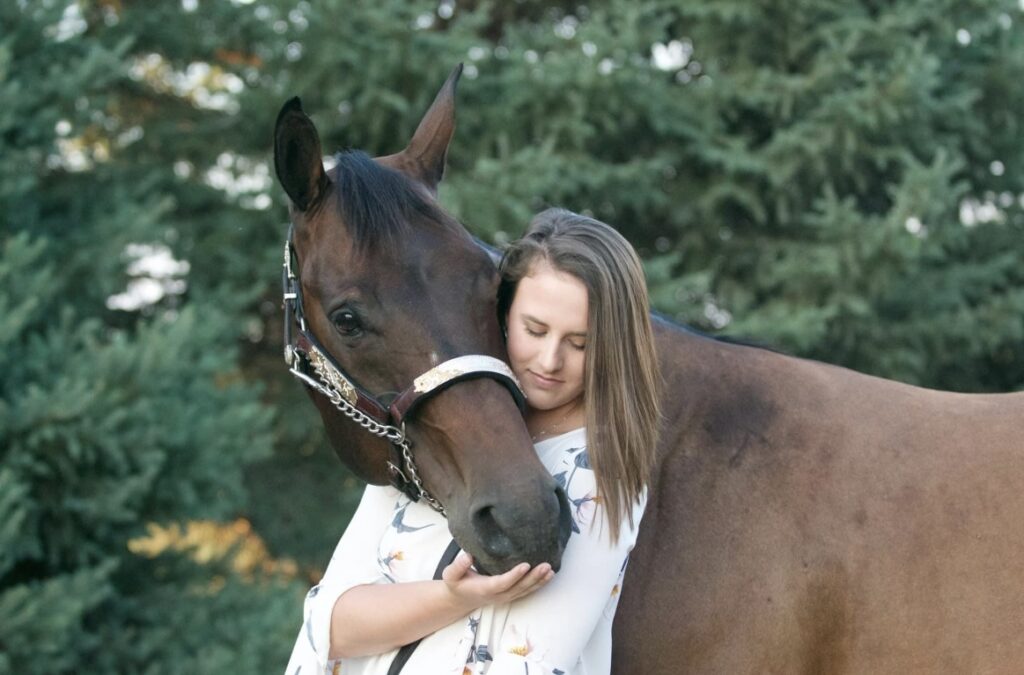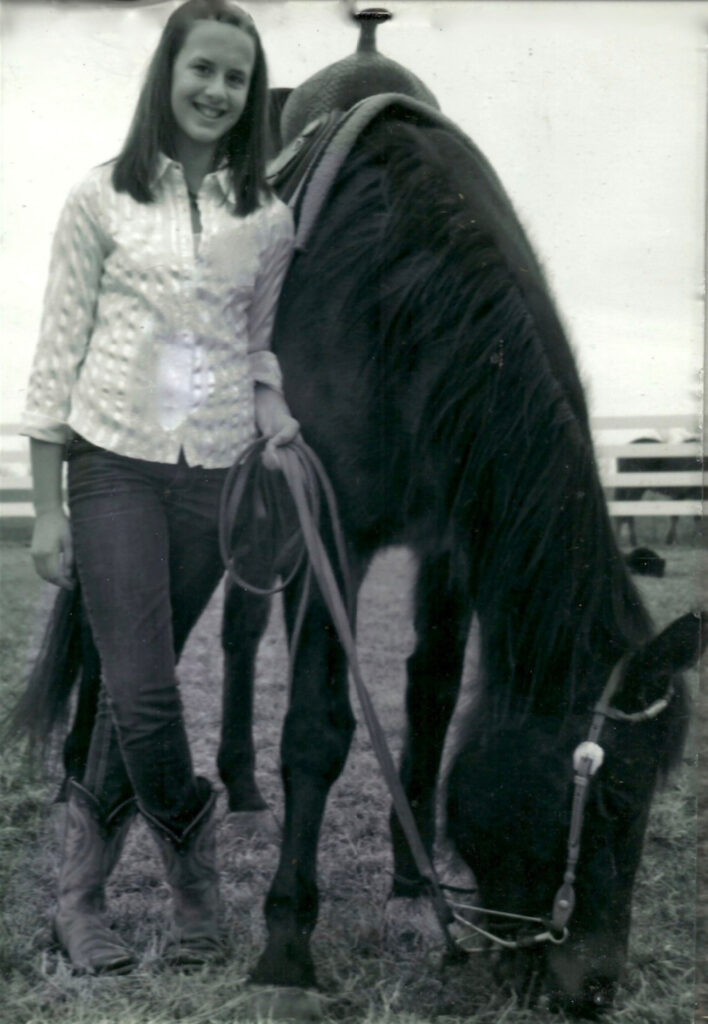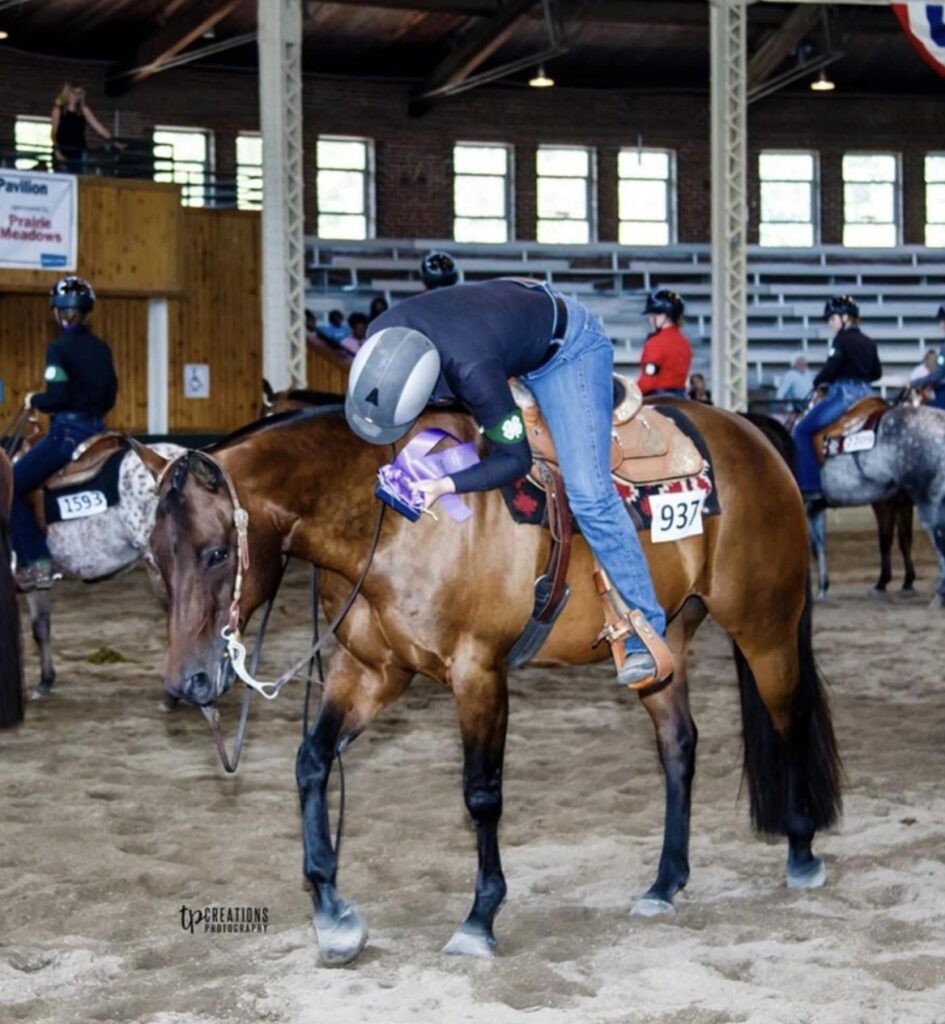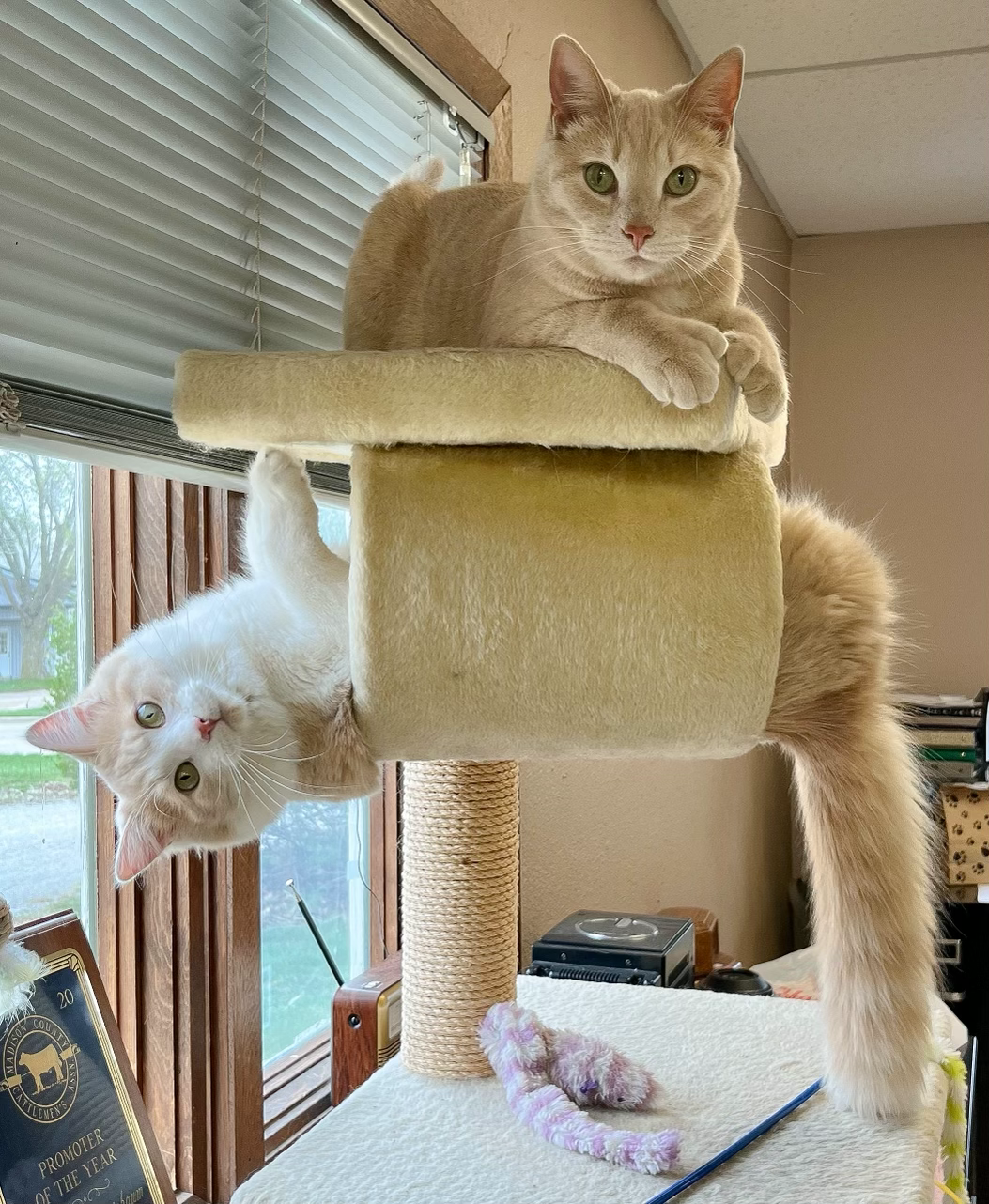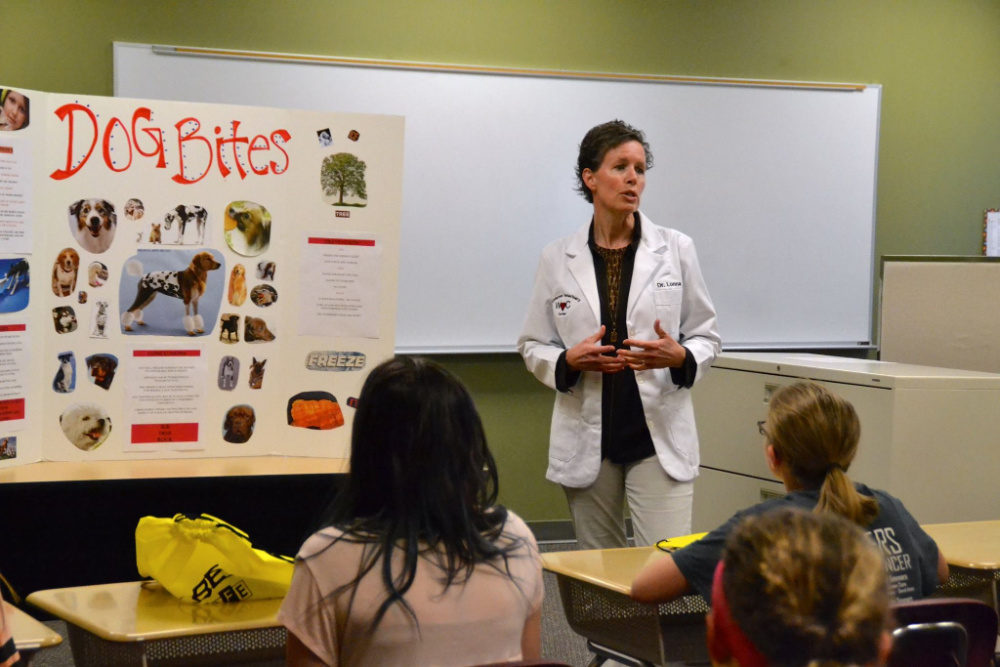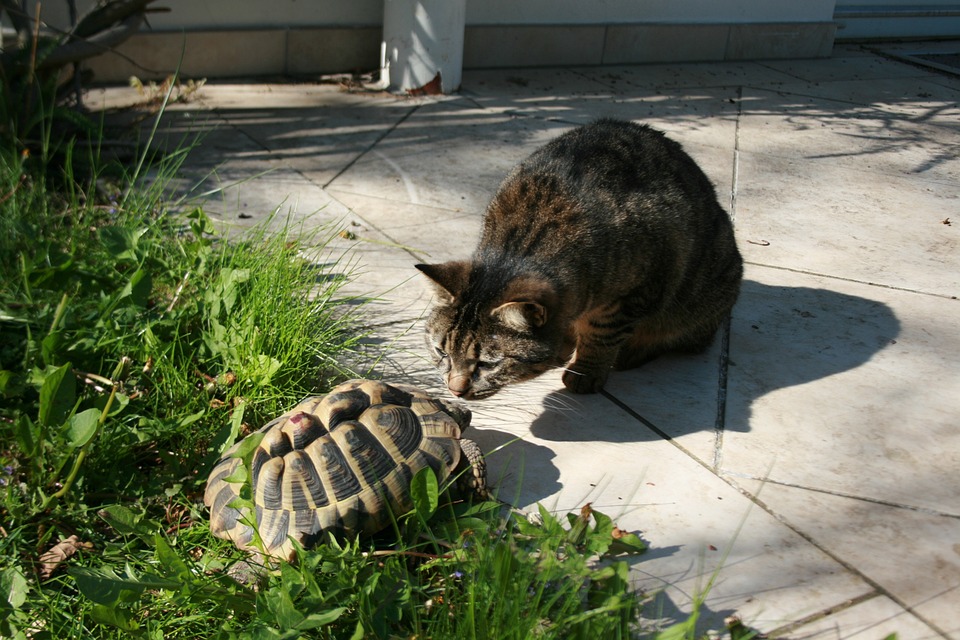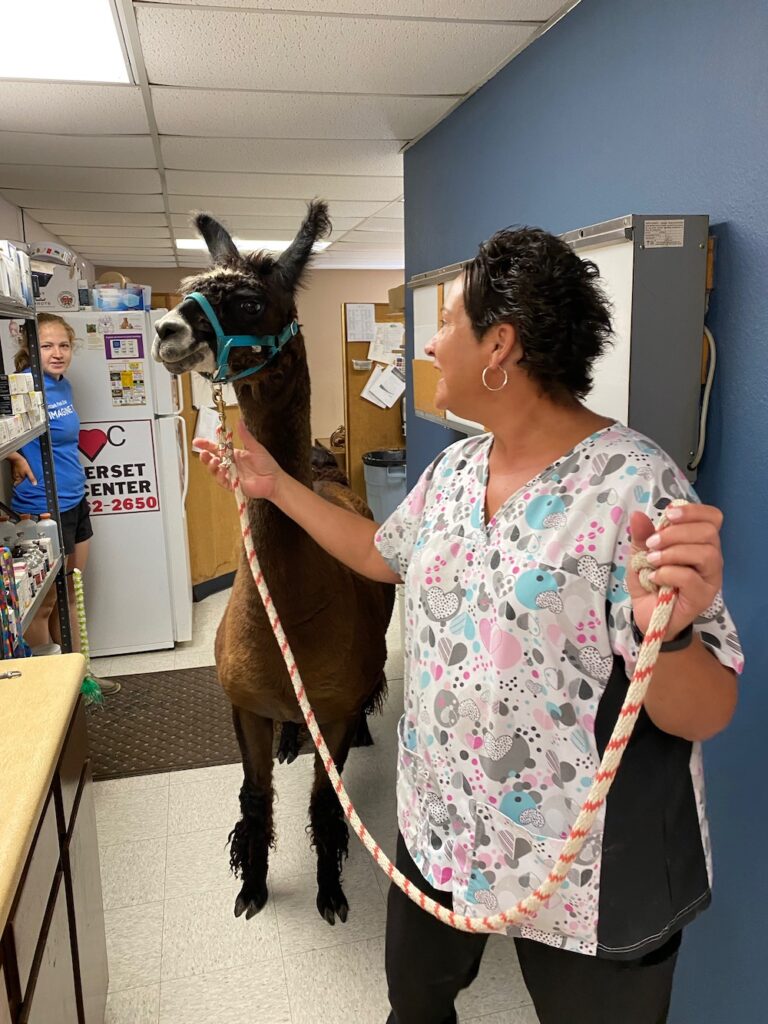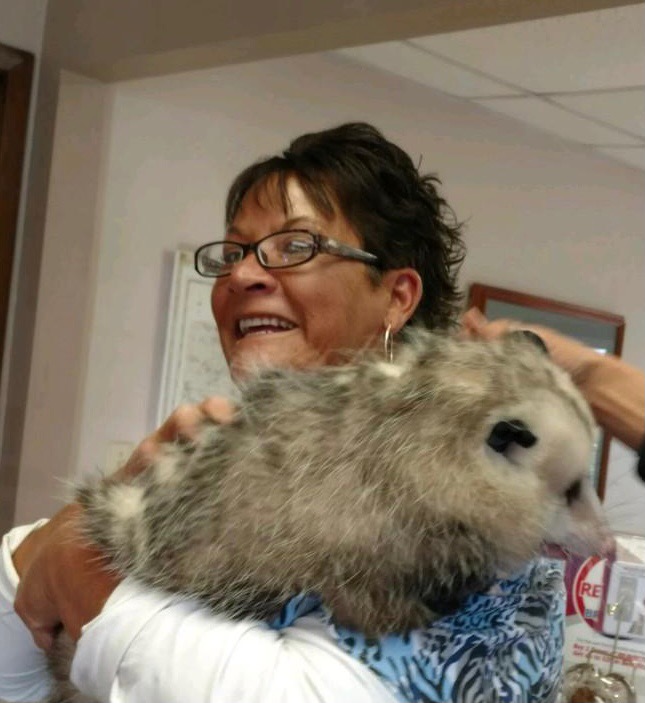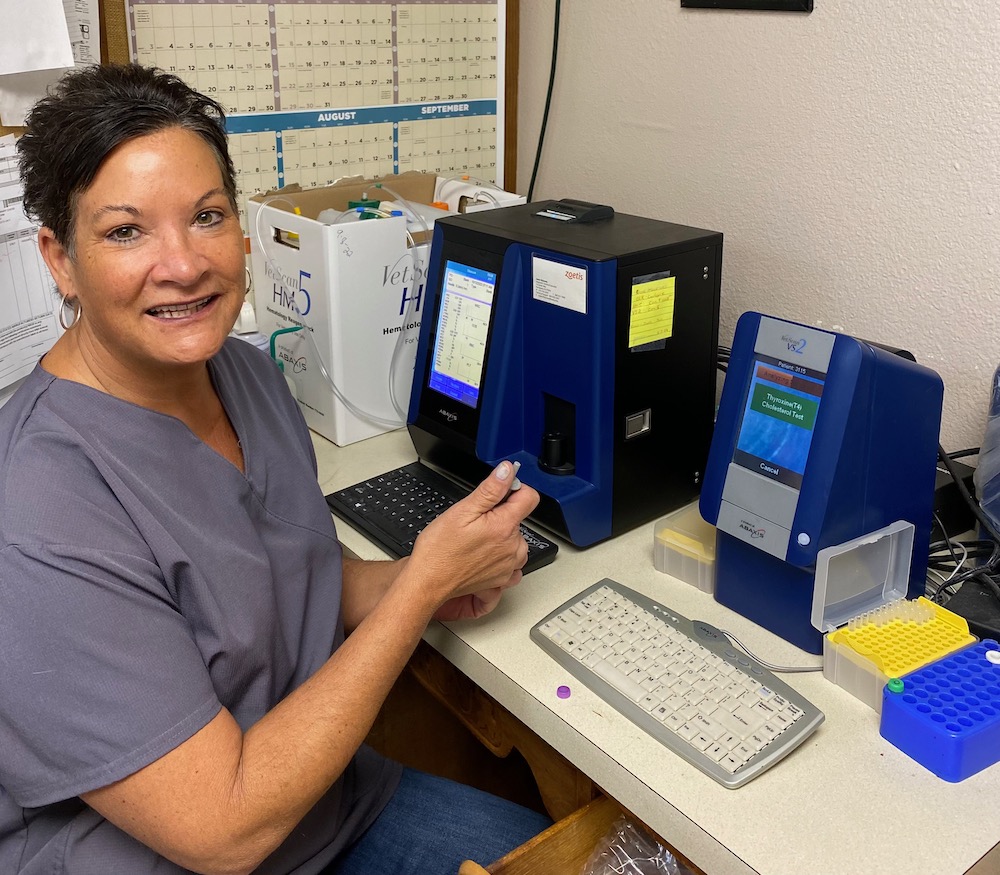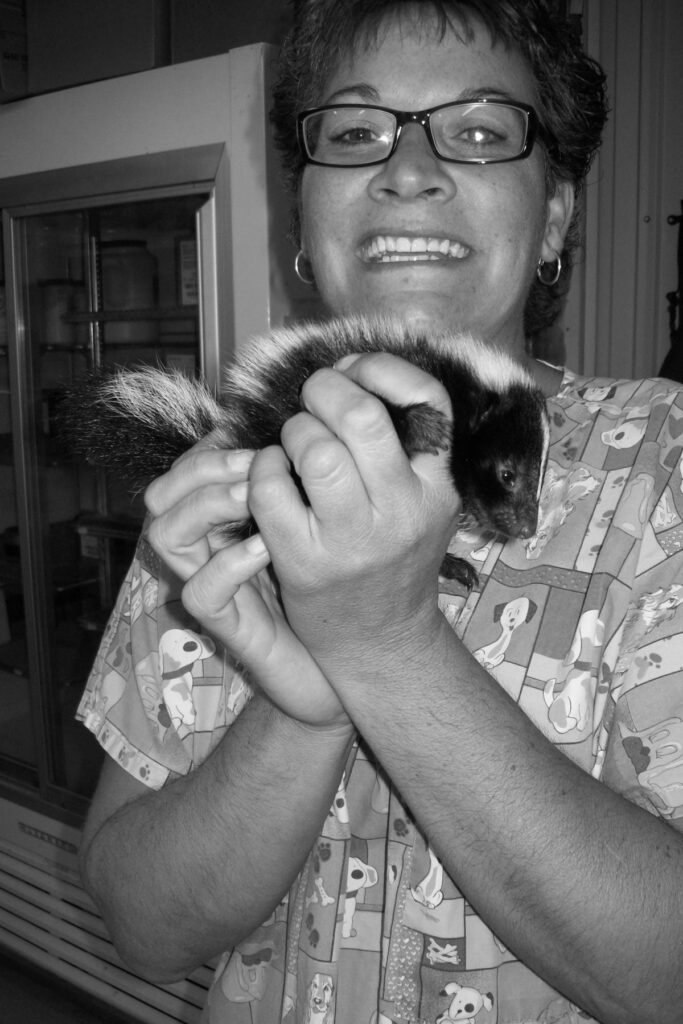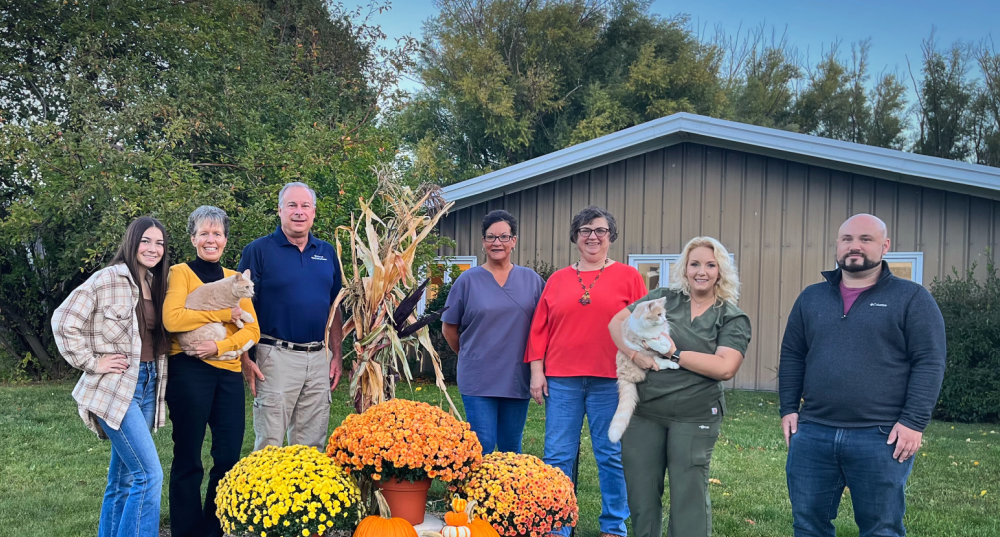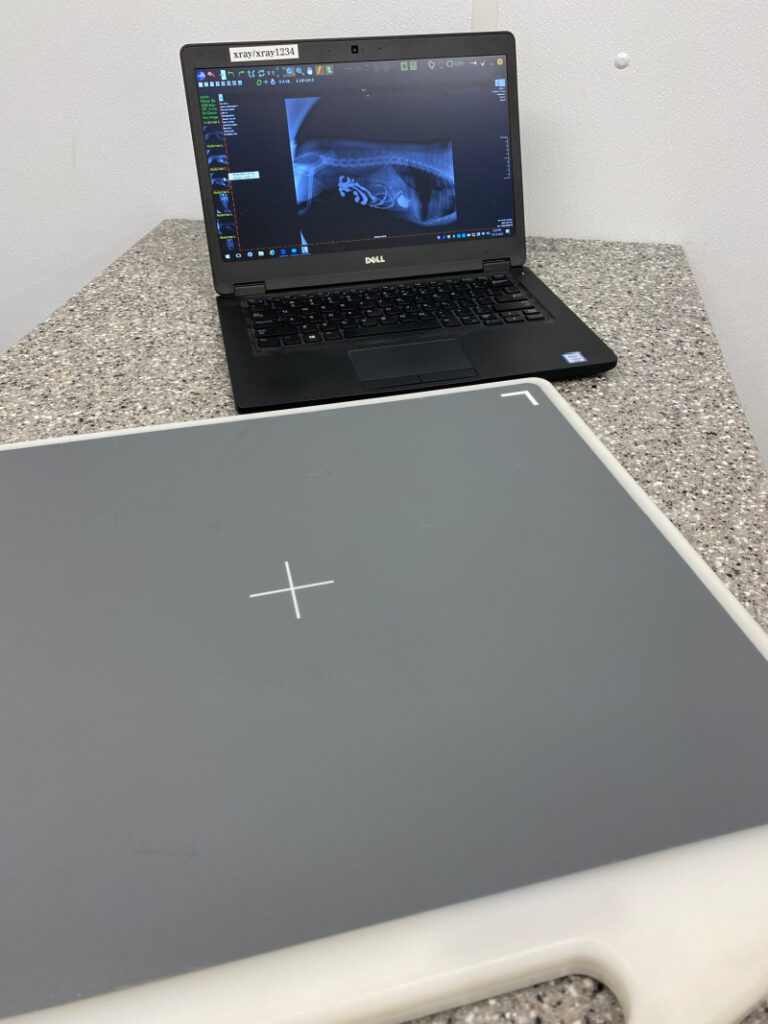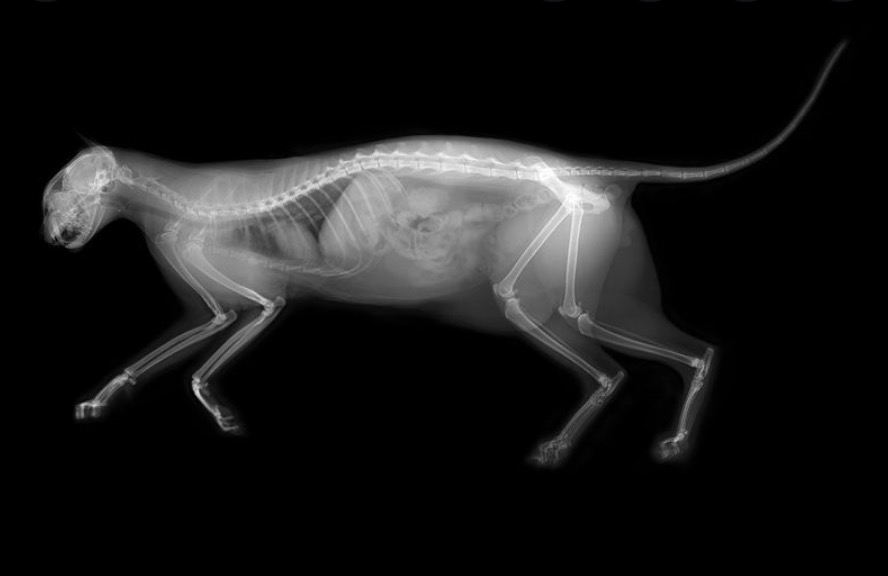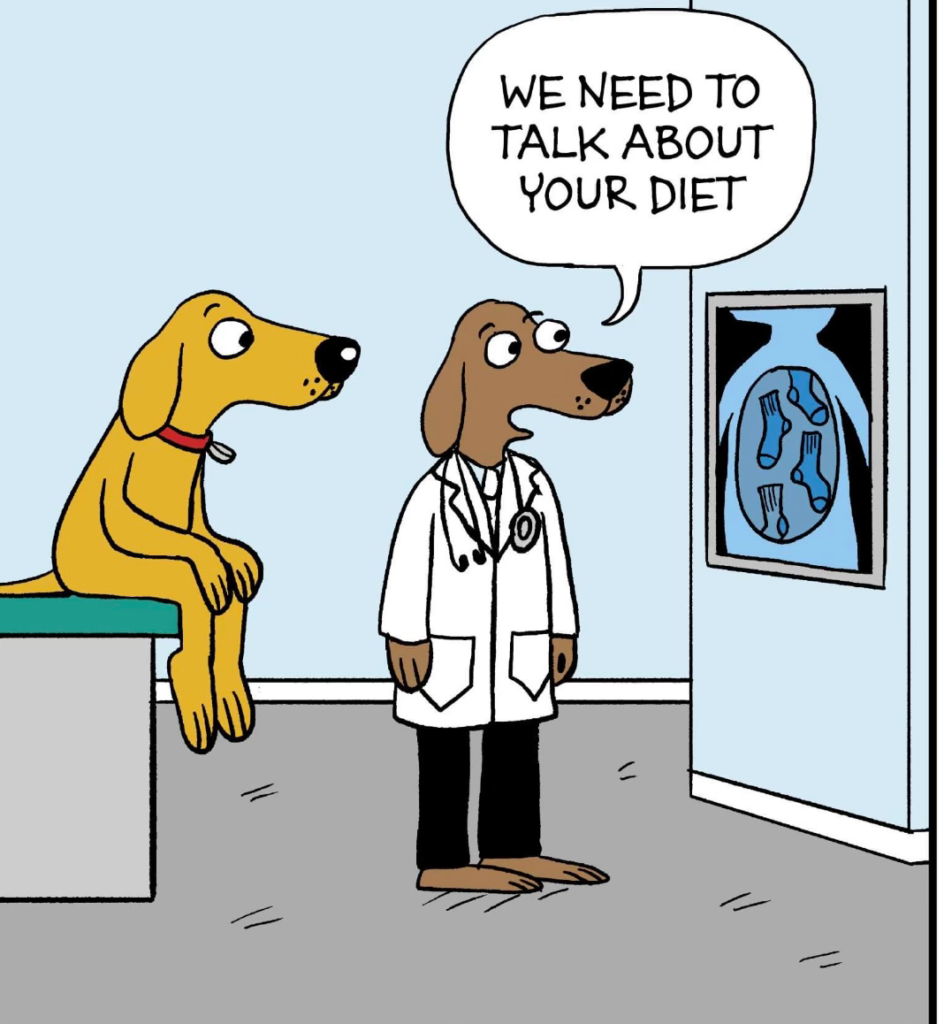“Never heard of that before” was my response when told that Hughy, a 19-year-old quarter horse gelding, was diagnosed with this last month. Our daughter sold him to an amazing family in 2019 after she went off to college. We all figured he had lots of years left to help raise other young girls who would become amazing equestrians and strong confident women.
The call came as a shock that he was showing a head tilt and was uncoordinated in his movements. He was still interested in eating. He was up to date on all his immunizations. He was fine one day and showing symptoms the next. They did take him to an Equine Specialist and diagnostics were performed. He was diagnosed with Stylohoid Osteoarthropathy. I will not go into details about this condition since you can look up the information as well as I can. They do not have a direct cause but have seen one common denominator in horses with this condition. Many of the horses have a history of being cribbers. This abnormal behavior is seen in a low percentage of horses (2.4-8.3%). It has been around for hundreds of years, and as of today, we do not have a cure for those horses who show this behavior. Cribbing collars are used but not without failures being reported. Studies have shown the use of cribbing collars can lead to an increase in cribbing after they are removed. If cribbing is stress induced and a horse is prevented from doing this behavior, it could be counter-productive since the horse would not be able to reduce its stress levels. Toys have been offered as a distraction from boredom hoping to prevent cribbing behaviors. There has been evidence suggesting that there may be a genetic link since many Thoroughbreds are plagued with this condition.
Hughy came to us in 2011 as a cribber. He did this behavior at home in the stall, in the pasture, in the trailer, at the shows, etc. He always felt the need to find something to crib on. He never had digestive issues or abnormal stools indicative of ulcers. We did normal preventative maintenance with immunizations and dewormings regularly. He was given supplements designed to help his joints and digestion. He was on good quality hay and pellets and never missed a meal. I report this as a way to help others know that just because your horse cribs this does not mean you are doing something wrong. Some horses have behavioral issues that cannot be explained. Even with advancement of knowledge and treatment a complete cure may not be an option.
What I did not know was that this could have serious consequences in his future. I am not saying that knowing this would have prevented me from purchasing a horse that cribs. I am suggesting that awareness of what this could lead to is important while making that purchase. We were up front when selling Hughy about his cribbing. His only vice really. They gave Hughy an amazing home his last years on this earth. I feel sad that he will not be around for me to watch him at the Madison County Fair or that he cannot raise another young lady into a strong confident woman. He was a gentle giant and one of the best at taking care of business and his rider at the same time.
Our daughter won highpoint on him numerous times over the years. She entered multiple competitions, and he never failed her in the arena. She did county fairs, Block & Bridle, saddle clubs, Aksarben, state fair, Quarterhorse shows, 4-H fun shows, and rode him just for fun when time allowed. He was an all around horse in the sense that he could do patterns, rail work, jumping, trail, and speed events. I should clarify, Hughy, doing speed events, it was always at ½ throttle. Even when our daughter did the State Fair Queen competitions, she would get into the top 20 but never got him to pick up the pace enough to be in the top 5. He could go full speed in the pasture but doing so with a rider was not acceptable to him.
We mourn the loss of this amazing boy who’s registered name was “A Blaze to Victory”. His name held true at many competitions over the years. He now rests in peace after running his final race and finishing strong here on earth. Forever in our hearts Hughy will be and so thankful for all the memories.
